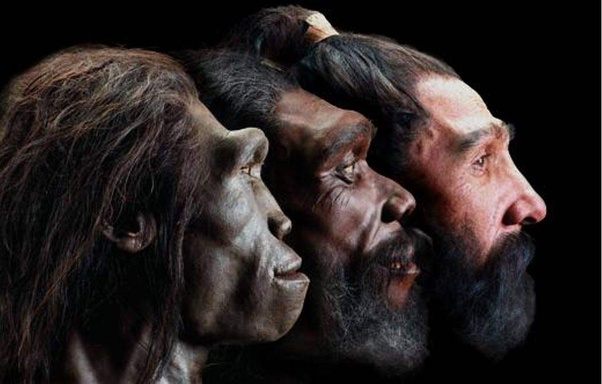Laziness could explain the reason why Homo Erectus — a species of primitive humans — went extinct, a new research has shown.
The findings, based on an archaeological excavation of ancient human populations in the Arabian Peninsula during the Early Stone Age, showed that Homo Erectus used the “least-effort strategies” for tool making and collecting resources.
“To make their stone tools they would use whatever rocks they could find lying around their camp, which were mostly of comparatively low quality to what later stone tool makers used,” said lead researcher Ceri Shipton, from the Australian National University (ANU).
According to Shipton, this ‘laziness’ paired with an inability to adapt to a changing climate likely played a role in the species going extinct.
“They really don’t seem to have been pushing themselves,” Shipton noted, in the paper published in the journal PLoS One.
The excavation at the site of Saffaqah near Dawadmi in central Saudi Arabia, showed “no signs of any activity, no artefacts and no quarrying of the stone”.
This is in contrast to the stone tool makers of later periods, including early Homo sapiens and Neanderthals, who were climbing mountains to find good quality stone and transporting it over long distances, Shipton said.
Moreover, a failure to progress technologically, as their environment dried out into a desert, also contributed to the population’s demise.
“The sediment samples showed the environment around them was changing, but they were doing the exact same things with their tools,” Shipton said.
“There was no progression at all, and their tools are never very far from these now dry river beds. I think in the end the environment just got too dry for them,” he added. IANS
